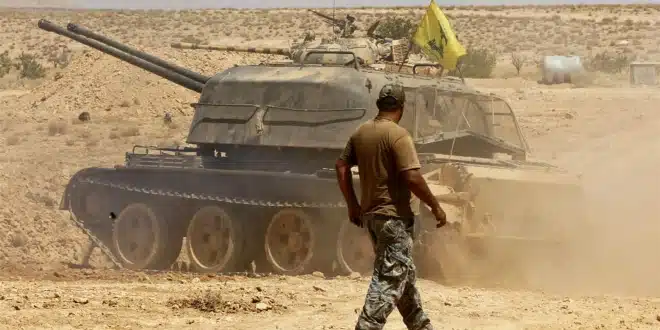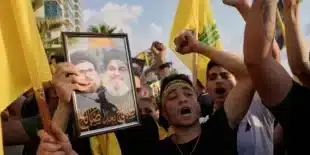Lebanese political and military leadership are intensifying efforts to finalize a response to a recent U.S. proposal that links a cessation of Israeli military activity and withdrawal from Lebanese territory with the gradual disarmament of Hezbollah. The process is taking place amid complex internal discussions, constitutional considerations, and heightened regional tensions.
Internal Deliberations and Strategic Conditions
According to officials familiar with the process, Hezbollah has shown limited willingness to engage on the subject of disarmament—an issue previously considered off-limits by the group. While the organization has not definitively indicated acceptance of the underlying principle, it is participating in what have been described as cautious and conditional deliberations.
A committee formed to craft Lebanon’s official reply includes representatives of President Joseph Aoun, Speaker Nabih Berri, and Prime Minister Nawaf Salam. This group is seeking to develop a position that is constitutionally sound and reflective of national consensus. The emerging strategy centers on defining a phased and priority-based framework for any potential agreement, given that Israel has not formally agreed to a ceasefire despite Hezbollah’s pullback from the area south of the Litani River.
Preliminary input from Hezbollah includes a demand for credible guarantees that would ensure reciprocal steps by Israel. These assurances are being positioned as essential prerequisites for the implementation of any disarmament or security-related obligations.
Security Framework and Technical Proposals
Lebanese military leadership, notably the Army, is reportedly preparing a detailed technical document outlining how disarmament measures could unfold if Israel takes specific steps such as withdrawing its forces, halting aerial bombardments, and releasing detainees. The military proposal is expected to serve as a key annex to the broader political response under development.
Discussions within Lebanese leadership circles have also touched on a proposed timeline for disarmament, beginning with the collection of heavy weaponry and potentially moving toward medium-range arms at a later stage. This sequencing is being considered to facilitate confidence-building between involved parties and reduce internal resistance.


